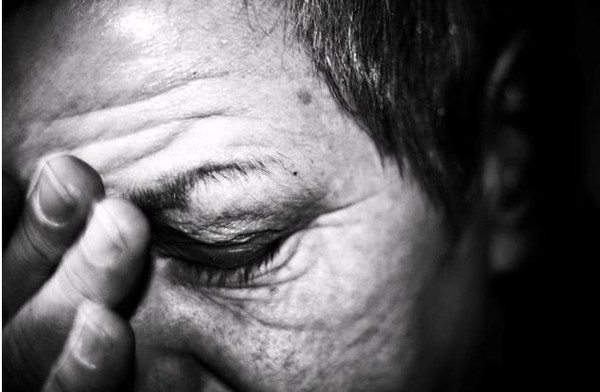Call for more specialists as numbers of chronic pain sufferers set to rise

Most people can deal with pain by taking an aspirin or visiting their doctor. But for those suffering long term acute or chronic pain, the effects can be devastating, and if left untreated, can irrevocably damage relationships and people’s lives.
Pain management is a therapeutic and medical specialisation, and the need for professionals with these skills is rapidly rising due to a number of factors such as aging populations. Abano Rehabilitation is one of New Zealand’s largest rehabilitation providers, with clinicians specialising in providing pain management treatment.
Senior Consultant Psychologist at Abano Rehabilitation, Cheryl Broneck, said: “The impact of pain can have wide ranging consequences and result in physical, cognitive and emotional changes. This can have a detrimental impact on those closest to the client and resonate though every aspect of their lives – interpersonal, leisure and career.
“Additionally, people who have pain disorders can find themselves giving up careers and not working which further impacts their psychological functioning as well as isolates them from society.
“Without feeling as if they are contributing or being productive, clients can often withdraw and feel on the outskirts of society which helps to create problems with their mood such as frustration, irritability, depression, and anxiety. Given this complexity, it is of no surprise that the research endorses multidisciplinary team approaches to pain management as the gold standard for interventions.”
Mr Smith is a 53 year old Maori male, who suffered arm and shoulder injuries in an accident six years ago. Ongoing pain following surgery not only interfered with Mr Smith’s ability to return to work, but also prevented him from participating in family activities and looking after his young grandson. Over time, he became very irritable and emotionally unstable, his physical condition deteriorated and he lost most of his social ties.
He was referred for a multidisciplinary assessment and over the course of ten weeks, an intensive pain management programme was implemented. This involved therapeutic interventions as well as a review of his pain medication.
Following the intensive programme, Mr Smith worked with an Occupational Therapist who helped him gain work experience in another field. At the time of discharge, Mr Smith and his family reported that he was more optimistic, felt he had a new direction, had fewer pain-related behaviours and reported a better quality of life.
There are two well recognized categories of pain – acute, where the duration is for no more than six months and resolves when the injury is healed, and chronic, where the duration lasts for longer than six months and may persist even after the injury is healed.
Often, the goals are to minimize the impact of pain, increase functionality, and improve quality of life. Initially, the emphasis appears to be on the individual; however, the most successful interventions often include partners, support systems, and whanau.
General manager of Abano Rehabilitation, Robin Cooper, commented: “Pain assessment and treatment is mostly as a result of an accident and therefore funded by ACC. Pain referrals have decreased slightly as ACC undergoes changes, however not as much as referrals in other areas such as brain injury rehabilitation. We expect pain assessment referrals to stabilise and increase over the long term.”
ENDS
